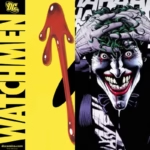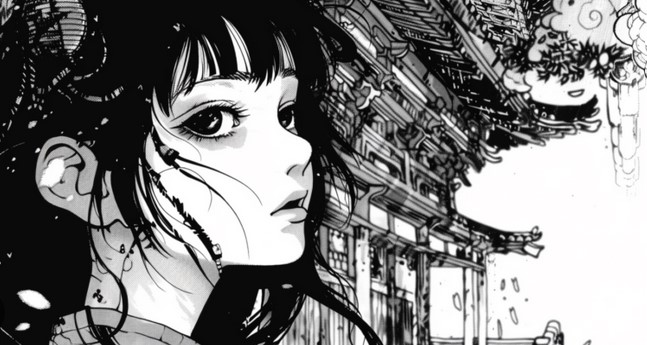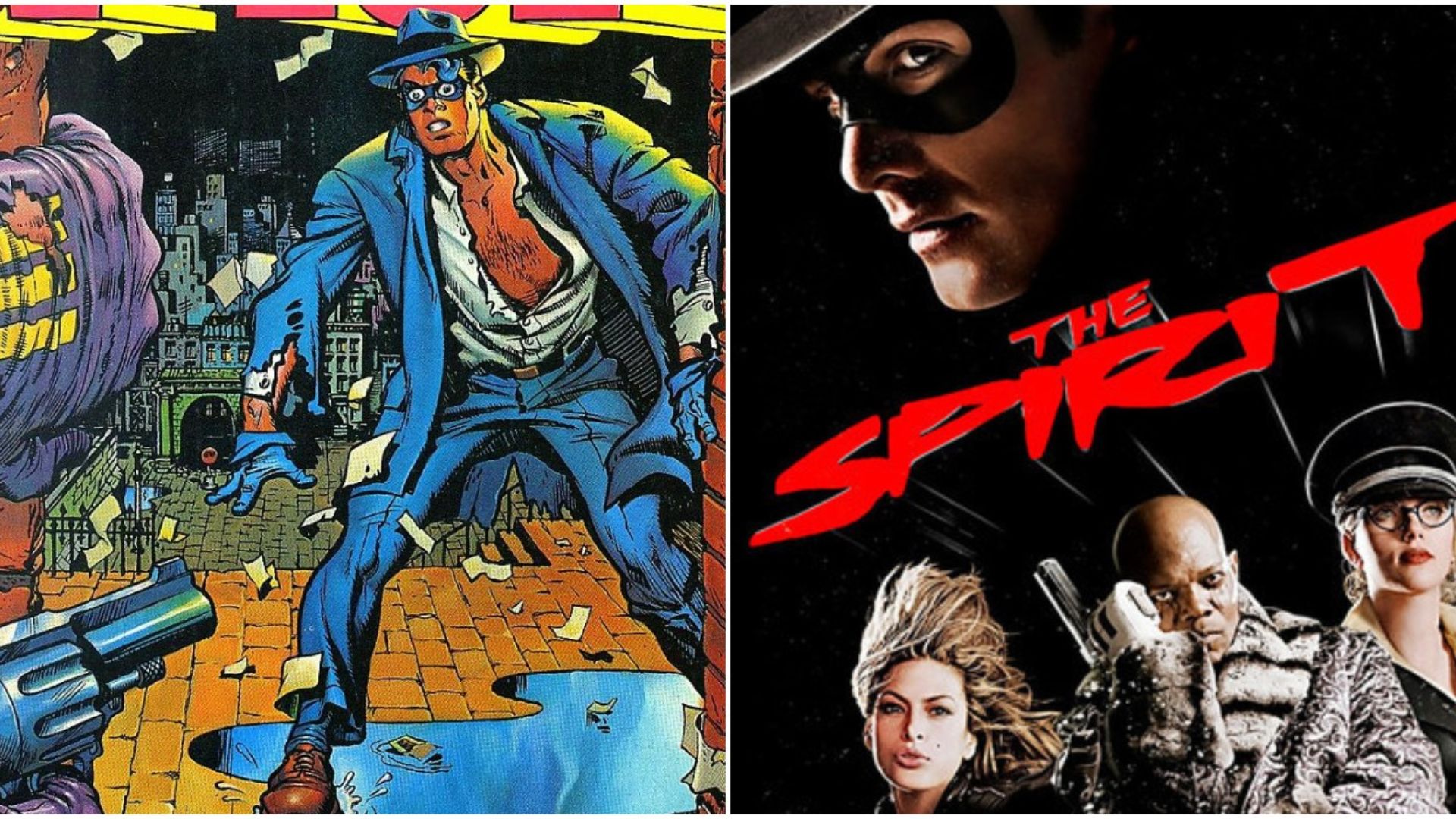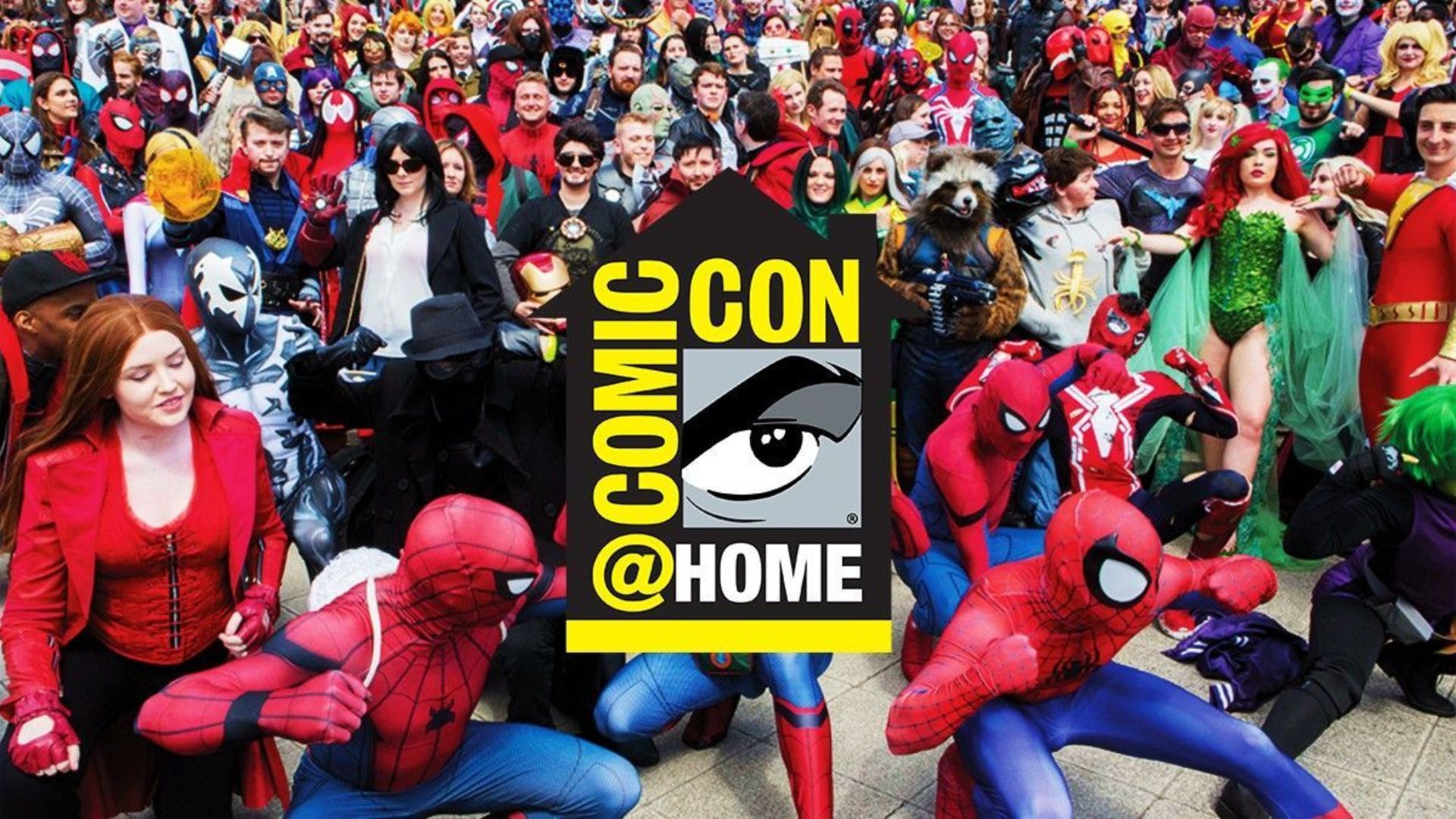Manga is one of the most influential and popular forms of comic book art today. Originating in Japan, manga has evolved into a global phenomenon, captivating readers with its distinct style, storytelling techniques, and cultural significance. While many people are familiar with Western comic books, manga offers a unique approach to the art of storytelling through images and words. In this post, we will explore what makes manga stand out as a form of comic book art and why it continues to capture the hearts of millions worldwide.
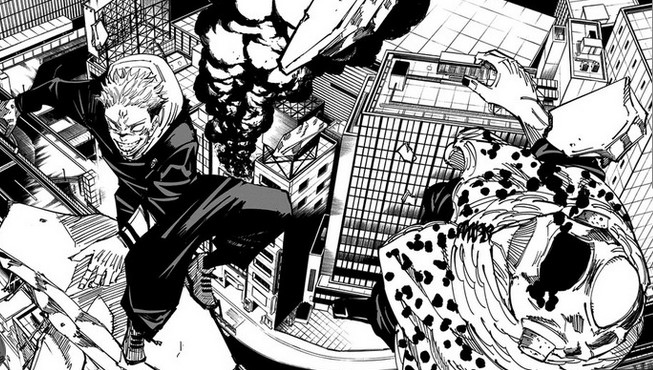
What Sets Manga Apart from Western Comics?
Manga is often recognized for its specific visual style, which includes clean lines, expressive characters, and dynamic panel layouts. Unlike Western comic books, which are typically read from left to right, manga is traditionally read from right to left. This right-to-left reading order is just one of the cultural elements that distinguish manga from its Western counterparts.
In terms of art style, manga tends to focus on detailed facial expressions, which play a significant role in conveying emotions and enhancing the narrative. Characters often have large, expressive eyes, which help to communicate subtle emotional shifts. Additionally, manga artists use a wide range of panel compositions and pacing techniques, from long sequences of action to intimate close-ups, to create a deeper connection with the reader. This emphasis on emotion and pacing sets manga apart and makes it a distinct and powerful storytelling medium.
The Diversity of Manga Genres
One of the most remarkable aspects of manga is its incredible diversity in genres. While Western comics have traditionally focused on superhero stories, manga covers a much broader range of themes. From action-packed adventures and fantasy epics to romance, horror, slice-of-life, and even sports, manga offers something for everyone.
For example, Shonen manga, like Naruto and One Piece, is designed primarily for young male audiences and often centers on action, adventure, and friendship. In contrast, Shojo manga, such as Sailor Moon and Fruits Basket, is aimed at young female readers and explores themes of love, personal growth, and relationships. Additionally, there are genres like Seinen (adult men) and Josei (adult women) that address more mature themes. This diversity allows manga to reach a wide array of readers with varying tastes and interests, expanding its influence far beyond its original demographic.
Manga’s Unique Storytelling Techniques
Manga has a unique storytelling style that sets it apart from Western comics. One of the key differences is the pacing. Manga stories often unfold at a slower, more deliberate pace compared to the fast-paced action found in many Western comics. This allows for deeper character development and more intricate plotlines. Readers are often given time to reflect on the characters’ emotions and growth before moving on to the next event.
Additionally, manga tends to focus heavily on the internal struggles of its characters. In contrast to the more external, action-driven plots in Western comics, manga often delves into the character’s psychological and emotional development. This introspective approach to storytelling creates complex, multifaceted characters that readers can relate to on a personal level.
Another unique aspect of manga is the use of symbolism and visual metaphors to enhance the story. For instance, a character’s emotional state can be conveyed through visual techniques such as dramatic changes in background, the use of exaggerated facial expressions, or shifts in art style. These visual cues add depth to the storytelling and immerse the reader in the character’s emotional journey.
The Cultural Influence of Manga
Manga is more than just a form of entertainment; it has a profound impact on Japanese culture and beyond. In Japan, manga is a significant part of everyday life. It is found in bookstores, convenience stores, and even libraries, with readers of all ages and backgrounds enjoying it. Manga has shaped Japanese pop culture, influencing everything from fashion to music to film.
Globally, manga has also left a lasting impact, sparking a growing interest in Japanese culture and art styles. With the rise of digital platforms like Crunchyroll and VIZ Media, manga has become accessible to a global audience. As a result, manga’s influence can be seen in Western comics, animated films, and even video games. The unique storytelling and artistic techniques of manga have inspired creators worldwide, leading to cross-cultural collaborations and the blending of styles in various forms of media.
Conclusion
In conclusion, manga represents a unique and influential form of comic book art that continues to captivate audiences around the world. Its distinct visual style, diverse genres, unique storytelling techniques, and cultural impact have made it a medium that stands apart from Western comics. As more readers explore manga and its many forms, its global influence will only continue to grow. Whether you are a long-time fan or a newcomer to the world of manga, it’s clear that this form of comic book art has earned its place in the global cultural landscape.


